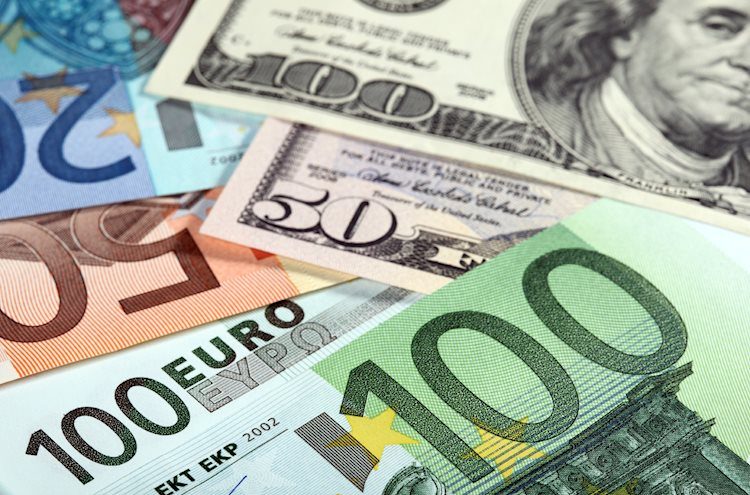The EUR/USD pair faced selling pressure on Thursday as the US Dollar (USD) saw some demand, pulling the pair back below the 1.0870 level. The USD strength can be attributed to bets for smaller Fed rate cuts and elevated US bond yields, which suggest a less aggressive policy easing by the Federal Reserve. Positive US economic data, including strong job growth and GDP figures, support this view and boost the USD.
On the other hand, data from the Eurozone showed that inflation remains steady in Germany and the economy unexpectedly grew in the third quarter. This led to a decrease in expectations for a large rate cut by the European Central Bank (ECB), providing some support for the Euro and limiting losses for the EUR/USD pair. Market participants are now looking ahead to the release of Eurozone consumer inflation figures to gauge the outlook for the shared currency.
The US Personal Consumption Expenditure (PCE) Price Index is also set to be released during the North American session, which will provide further insight into the Fed’s interest rate outlook and influence US bond yields. Additionally, the broader risk sentiment in the market will play a role in driving demand for the USD as a safe-haven currency and impact short-term trading opportunities for the EUR/USD pair.
One key economic indicator to watch for in the Eurozone is the Core Harmonized Index of Consumer Prices (HICP), which measures changes in the prices of goods and services in the European Monetary Union. This indicator is released monthly by Eurostat and excludes volatile components like food, energy, alcohol, and tobacco. A high reading is generally seen as bullish for the Euro, while a low reading is considered bearish. The next release of the Core HICP is scheduled for October 31, 2024.
Overall, the EUR/USD pair is facing selling pressure due to USD strength supported by expectations of smaller Fed rate cuts and higher US bond yields. However, diminishing odds for aggressive ECB easing could provide some support for the Euro and limit losses for the pair. Market participants are closely watching economic indicators from both the US and Eurozone, such as the PCE Price Index and Core HICP, to gauge the outlook for the currencies and potential trading opportunities.











